How Your iPhone And Android Phone Will Be More Expensive In 2019
Dhir Acharya - Jan 04, 2019
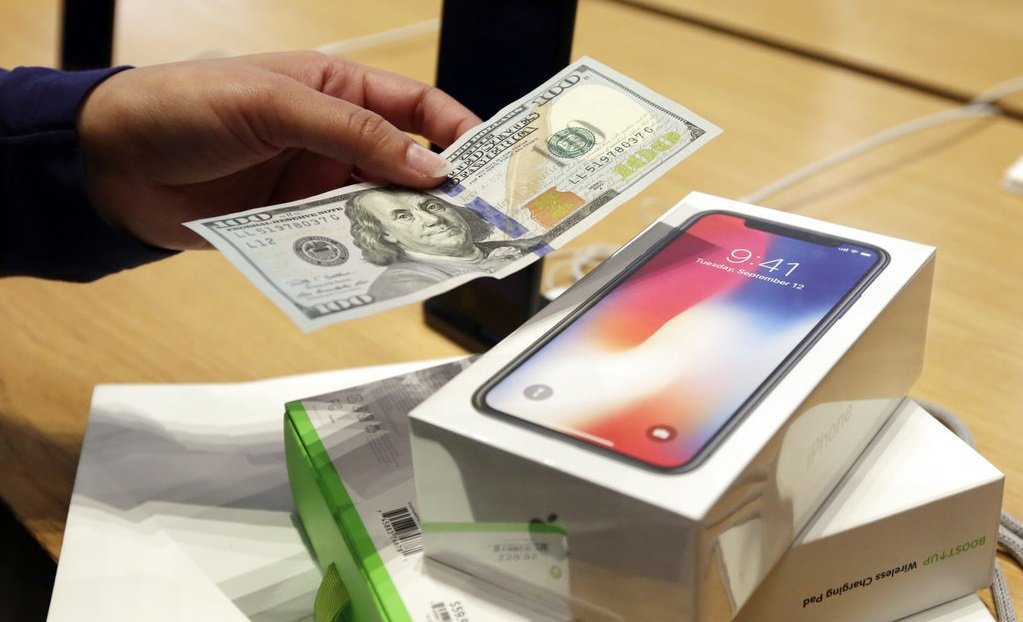
As usual, prices of iPhone, as well as Android phones, are higher year after year, and 5G is one among various reasons for this annual rise.
- Best Gaming Phones 2025: Top Devices for Mobile Gaming
- Huawei Band 10 Launches in India with Advanced Health Tracking Features
- After Windows Replacement OS, Huawei Set to Launch "Kirin X90" Chip for PCs to Replace Intel
Do you think the price tag $1,000 already too much for an Android smartphone, or an iPhone? Well, no matter which your answer is, this price tag will go even bigger in 2019.
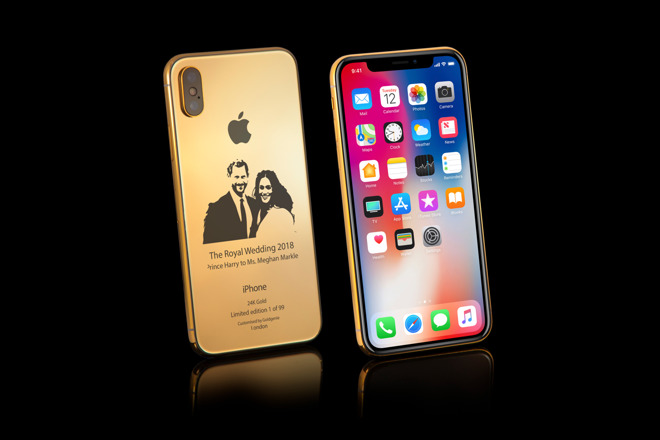
Thanks to the flagships from large brands like Apple and Samsung, paying $999 for a phone is not so shocking anymore.
Worse, if you want a little level up for your phone, you have to pay a bit more. For instance, for a thousand-dollar iPhone XS, more massive storage of 512GB means you pay an addition of 35 percent, which means $1,349 in total.
Plus, when the leading phone brands raise their prices, other smaller brands can do the same.
iPhone will be even more expensive, Android phones too
The whole market is witnessing an increase in the phone prices of top smartphone players.
According to analyst Anthony Scarsella, in 2018, despite a global decline in smartphone shipments, the average phone price went up by 10.3 percent, from $313 (2017) to $345. He added that prices of high-end smartphones will continue to increase.
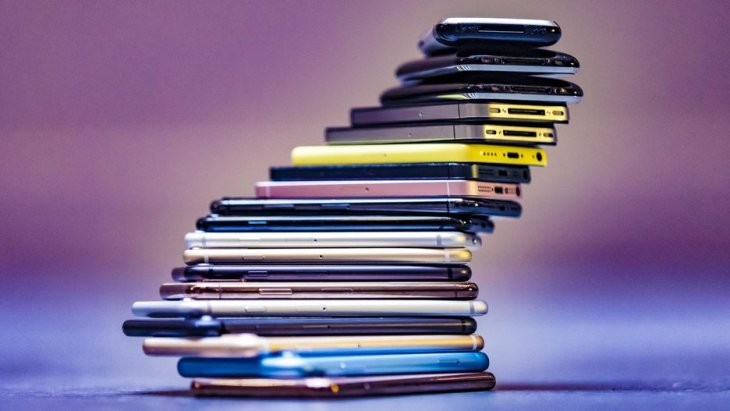
iPhones
Apple’s most recently released smartphone, the iPhone XR is 7 percent more expensive compared with the iPhone 8 of last year, and 15 percent more costly than the iPhone 7.
Catching up with the trend, Android phones’ prices have gone up too. Take OnePlus for example, the price of OnePlus 6T is 3.8 percent higher than that of OnePlus 6, which was released only half a year ago. Overall, OnePlus has raised its phone prices by 37.6 percent over the last couple of years, and 51.7 percent in British pounds.
Is it because of rising production costs?
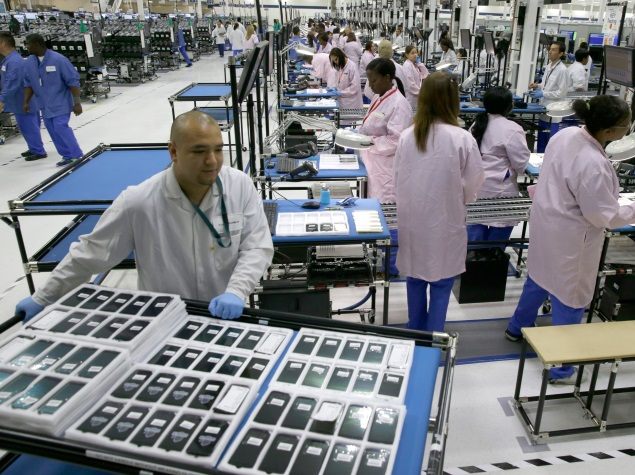
Inside a smartphone plant
As explained by OnePlus representative, the increasing reliance of consumers on smartphones requires the smartphones with better performance, resulting in demands for higher quality components.
Ken Hong, senior director of global communications at LG wrote that phone prices are based on several key factors including components, carrier incentives, tariffs, competitor pricing, and more. Accordingly, because the cost of inputs is rising, the company has to follow the trend and push up their phone prices.
In reality, it’s quite like what OnePlus and LG have clarified. Phone makers purchase components from different suppliers, so if suppliers charge higher, phone prices go higher.
Also, the last few years have seen growing demands for larger storage which means suppliers have to build more plants to meet their customers’ demand, raising the cost of memory. New technologies and features like 3D depth sensor for selfie camera, more lenses, more rear cameras also cost more for production. Not to mention new materials such as ceramic or glass for phone’s back and aerospace-grade aluminum for the phone’s frame.
![]()
Google Pixel 2 and 2 XL
However, an interesting fact is that the Pixel 2 and 2 XL are not higher priced than the previous Pixel and Pixel XL. But Google did raise the price of the Pixel 3 by 23 percent to fit its rivals.
Many experts claim that while BOM (bill of materials) contributes to the rise in phone prices, high-end phone makers are trying to earn more profits. Chief research analyst Ben Wood at CCS Insight said production costs for components actually go up, but not at that level. He also expresses his belief that Apple increased its iPhone prices as part of its strategy to grab more profits from such amazing portfolio, analyst Carolina Milanesi at Creative Strategy had the same idea.
Will 5G and foldable phones push the price higher?
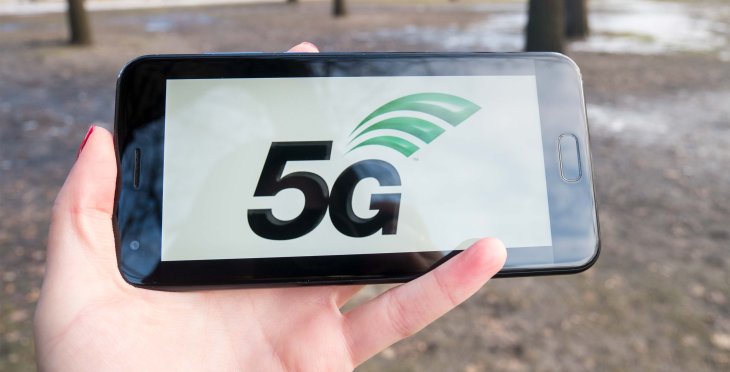
Although the global phone market saw little growth in 2018 and iPhone’s unit sales even went down, Apple’s revenues did not seem to be affected.
Now turning to 2019, with the boom of 5G networks, new foldable phones, producers appear to have more excuses to price higher. To support 5G, smartphones have to feature an entirely new technology as well as be specifically customized to work with one carrier only. Early 5G phones can be priced $200 - $300 higher.
The same thing will happen with foldable phones, starting with the upcoming Galaxy X from Samsung.
In 2019, even 4G LTE smartphones will be charged higher without any additional features or new techs.
Midrange phones are safe from this madness
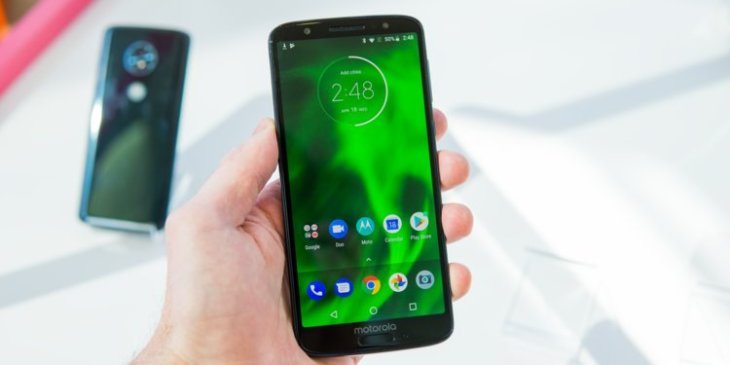
Moto 6G
It looks like the pricing race among high-end phones won’t affect those in the middle segment.
We will continue to witness the tight competition in the lower and middle range phones with less luxury brand like Motorola, which offer affordable phones stacking almost full functions and modern features for users. In particular, the Moto G6 seems to maintain its price at $250 (equals £219 or AU$399).
Honor, a smaller brand of Huawei, will keep making mid-price and mid-tier handsets that balance prices and costs, along with Nokia, Xiaomi, Oppo, Asus, and so on.
Though phones are getting more and more expensive, we are still all over them
In 2017, Apple faced critics for exorbitantly charging the phone when it’s iPhone X broke the $1,000 barrier. However, its sales were higher than any previous iPhone model each week since its launch date.
Wood said that consumers are willing to make a considerable investment in their own mobile phone because to them, phones are nearly the most important product.
Featured Stories

Mobile - Oct 23, 2025
How Casual Games Are Winning the Mobile Attention War

Mobile - Jul 03, 2025
OPPO Reno 14 Series Hits India: Launch Date, Cameras, and Specs

Mobile - Jun 12, 2025
Best Gaming Phones 2025: Top Devices for Mobile Gaming

Mobile - Jun 12, 2025
Vivo T4 Ultra Debuts with MediaTek Dimensity 9300+ Chipset

Mobile - Jun 08, 2025
Realme GT 7T Review: Power Meets Endurance in Controversial Style

Mobile - Jun 08, 2025
Motorola Edge 60 Set to Debut in India This June

Mobile - Jun 07, 2025
Realme C73 5G Launches in India: Budget 5G Phone Starts at ₹10,499

Gadgets - Jun 07, 2025
OnePlus 13s Makes Indian Debut: Compact Flagship Brings Premium Features at...

Mobile - Jun 04, 2025
Samsung Galaxy Z Fold 7 Ultra: The Next Chapter of Premium Foldables

Mobile - Jun 02, 2025
Comments
Sort by Newest | Popular